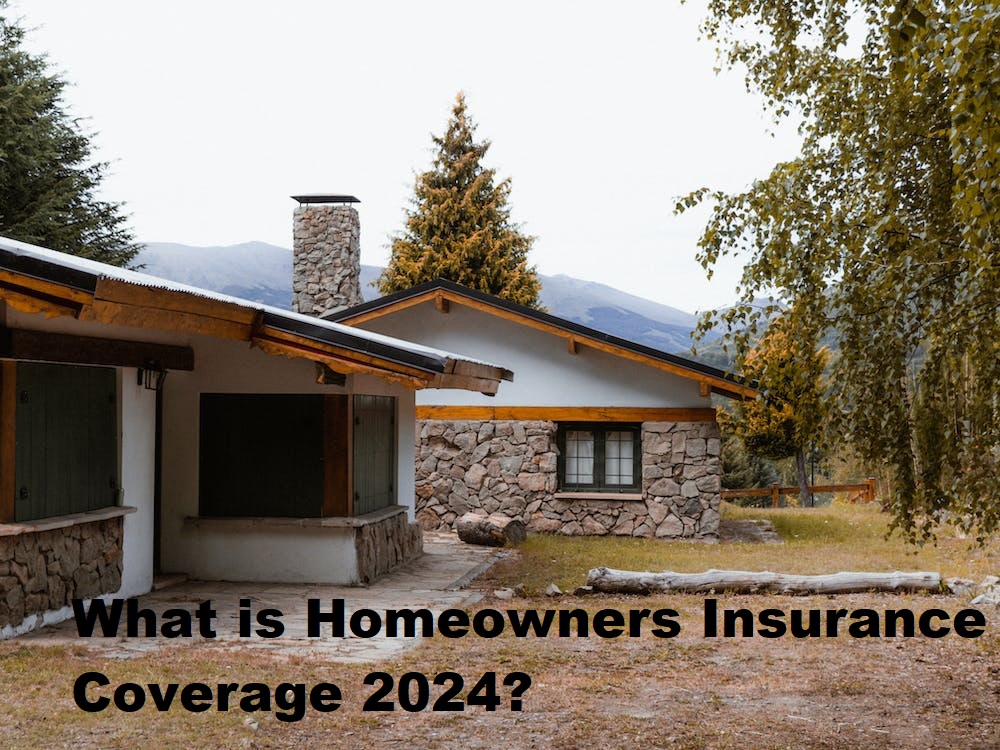Homeowners coverage, sometimes called homeowners insurance, is the part of your homeowner’s insurance policy that may help you pay to rebuild or repair the physical structure of your home if it is damaged by a covered peril.
Here’s a look at what homeowners insurance covers, what types of perils and structures aren’t covered, and how deductibles and limits work if you have to file a claim on your homeowner’s insurance.
According to the Insurance Information Institute (III), there are certain risks, or perils, that are covered by most standard homeowners insurance policies. While coverage may vary from state to state or geographic region to geographic region, homeowners’ policies typically help cover damages caused by the following events:
- Fire/Smoke
- Shoot
- Storms
- Hail
- Explosion
- Vandalism
- Theft
- Damage caused by the weight of snow, sleet, or ice
- Falling Objects
- Damage caused by an aircraft
- Damage caused by a motor vehicle
While these perils are usually covered by homeowners insurance, you should always check your own homeowner’s insurance policy to determine what it covers.
Contents
What does homeowners insurance not cover?
A standard homeowners insurance policy typically does not cover flooding, earthquakes, sewer ponds, or damage due to lack of maintenance. You may be able to purchase additional coverage or a separate insurance policy to help cover some of these additional risks.
For example, it is possible to add standing water coverage to your current homeowners insurance policy, to help cover sewer ponds. Or, you may be able to purchase flood insurance to help protect your home against flooding. Talk to your insurer to find out what options are available to you.
Dwelling coverage in a homeowners policy is different than building property protection in a condo insurance policy. If your condo is damaged by covered damage, building property protection helps pay for repairs to the walls of your condo unit and its interior. Your condo association’s insurance policy can help cover other parts of the building, such as the roof, elevator, basement, patios, or hallways.
What is your home?
While many people think of their home as the physical structure they live in, home coverage can help protect more than that. Homeowners insurance usually helps cover the home you live in plus the attached structures. What this means is that a structure like your carport may also be covered by homeowners insurance, as long as the garage is attached to your home.
If damage to an attached structure occurs as a result of a covered peril, your homeowner’s insurance can help cover the costs to repair or rebuild it. If attached to your home, a front and back deck or porch may also be considered part of your home and therefore may be covered by the homeowners coverage in your homeowners insurance policy.
Insurance for uncovered housing structures
If you have a structure on your property that is not connected to your home and does not qualify as part of your dwelling, such as a detached garage, fence, or shed, it is likely not protected by dwelling coverage. Instead, coverage for other structures in your homeowners insurance policy can help cover damage to these detached structures on your property.
Homestead Coverage Limits and Deductibles
Homeowner’s coverage often comes with limits and deductibles
Your limit is the maximum amount your homeowners insurance policy will pay for a covered loss. Your deductible is the amount you’ll pay out-of-pocket for a covered claim.
When you buy homeowners insurance, you choose your coverage limit. That limit is based on the cost of rebuilding your home (not necessarily the market value of the home). Most homeowners insurance policies have replacement cost coverage for your home’s structure.
Your homeowner’s coverage limit can influence other coverage limits within your homeowner’s insurance policy. Your coverage limit for other structures is usually a percentage of your home’s coverage limit, 10 percent, for example. So, if you had a dwelling coverage limit of $500,000, your coverage limit for other structures would be $50,000.
Read your policy documents carefully to find out what your limits and deductibles are. Your insurer can help you adjust them to your needs.
You probably don’t expect your home to be damaged, but if the unexpected happens, homeowners coverage can help pay for repairs.






